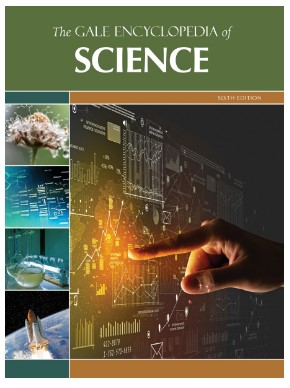| By K. Lee Lerner |
The January 13, 2022 explosion of Hunga Tonga-Hunga Ha’apai volcano, an undersea volcano located about 40 miles (64 km) northwest of Tonga’s main island of Tongatapu, sent powerful blasts of ash, steam, and volcanic gases up to 25 miles (40 km) high into the atmosphere. The explosion formed a volcanic mushroom cloud nearly 300 miles (482 km) in diameter.
The eruption deposited heavy ash, which sometimes solidified into rock, on the surrounding islands. The undersea blast and seafloor shifting generated destructive tsunami waves. The movements snapped the lone undersea communications cable to Tonga, leaving it with only satellite communications hindered by the ash in the atmosphere. The sonic boom from the blast was heard as far away as Alaska, and the tsunami not only inundated islands in the Tongan chain but was powerful enough to cause deaths off Peru and damage that resulted in an oil spill. Four tsunami-related deaths were reported in Tonga.
Scientists with NASA’s Goddard Space Flight Center estimated that the explosion had the force of exploding 4 to 18 megatons of TNT, hundreds of times that of the atomic bomb dropped on Hiroshima in 1945. Although it was the most powerful volcanic eruption in the world since the eruption of Mount Pinatubo in 1991, the force was only half of that resulting from the explosion of Mount St. Helens in 1980; and it paled in comparison to the massive 1883 Krakatoa eruption, which produced an explosion with 10 to 20 times more energy.
Prior to an eruption in 2014, the majority of the Hunga Tonga-Hunga Ha’apai volcano’s caldera was underwater, with only the northern and western tips protruding above water to form the Hunga Tonga and Hunga Ha’apai islands. The 2014 eruption produced a land bulge that connected the islands. Both on-site and satellite observations revealed that the January 2022 explosion destroyed the land bridge created in 2014 as well as parts of the preexisting Hunga Tonga and Hunga Ha’apai islands.
Sonar-based bathymetric maps show that prior to the January eruption, the Hunga Tonga-Hunga Ha’apai volcano rose just over 1.1 miles (1.8 km) from the surrounding seafloor. The volcano is the only part of the Hunga Caldera, which stretches almost 12 miles (19 km) long and is just over 3 miles (5 km) wide, that was visible above sea level. The Hunga Caldera sits over a highly seismic area, explained by plate tectonics where the Pacific Plate subducts under the Indo-Australian Plate.
The Hunga Tonga-Hunga Ha’apai volcano produces highly explosive Surtseyan-style eruptions, in which seawater comes into contact with hot molten magma. Although more study is needed, volcanologists initially hypothesized that part of the northern caldera collapsed, allowing relatively cool seawater to rush in and collide directly with magma at 1000 degrees Celsius. The result was a massive explosion as the water was vaporized into gas, and geologists classified it as one of the most intense Surtseyan-style eruptions ever observed.
Learn more about volcanos in the sixth edition of The Gale Encyclopedia of Science.

Meet the Author
Recognized for his use of language, accuracy, and balanced presentation, K. Lee Lerner’s portfolio covering science and global issues for Cengage includes two ALA RUSA Book and Media Awards and two works named Outstanding Academic Titles. Holding degrees in science, education, and journalism, including a master’s degree with academic honors from Harvard, Lerner has served on the board of advisors for the venerable American Men and Women of Science since 2003 and, along with Brenda Wilmoth Lerner, as co-editor for three editions of The Gale Encyclopedia of Science. He was the contributing Editor-In-Chief for Gale’s Encyclopedia of Espionage, Intelligence, and Security. A member of the National Press Club in Washington, D.C., Lerner is an experienced aviator and sailor who has completed two global circumnavigations. His Academia site consistently ranks among those most frequently accessed by students, scholars, and decision makers from around the world. Additional information may be found at scholar.harvard.edu/kleelerner and harvard.academia.edu/KLeeLerner.


